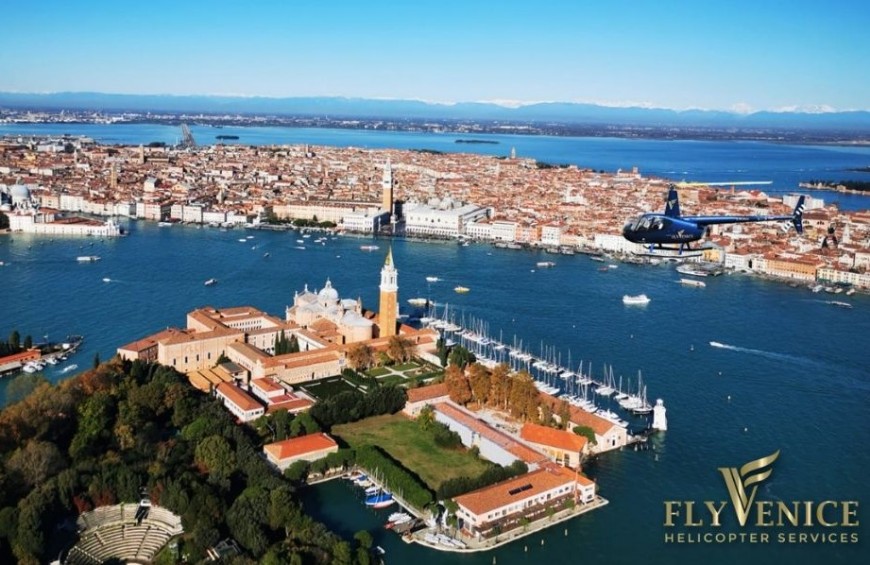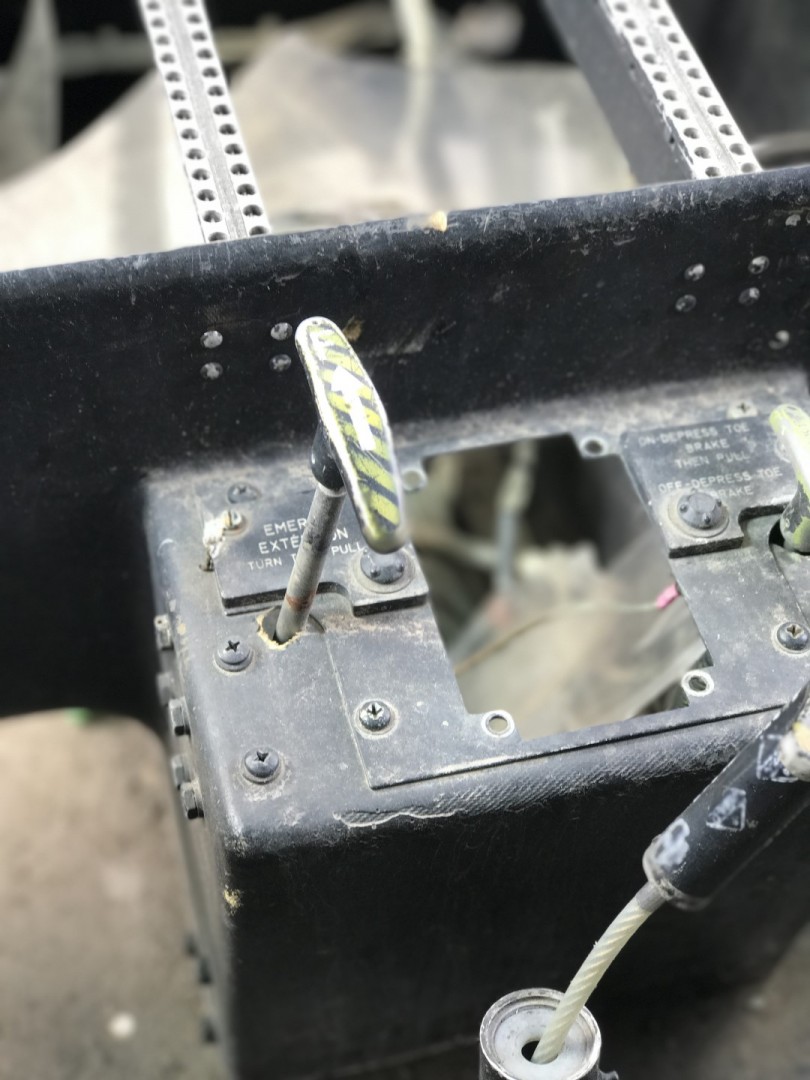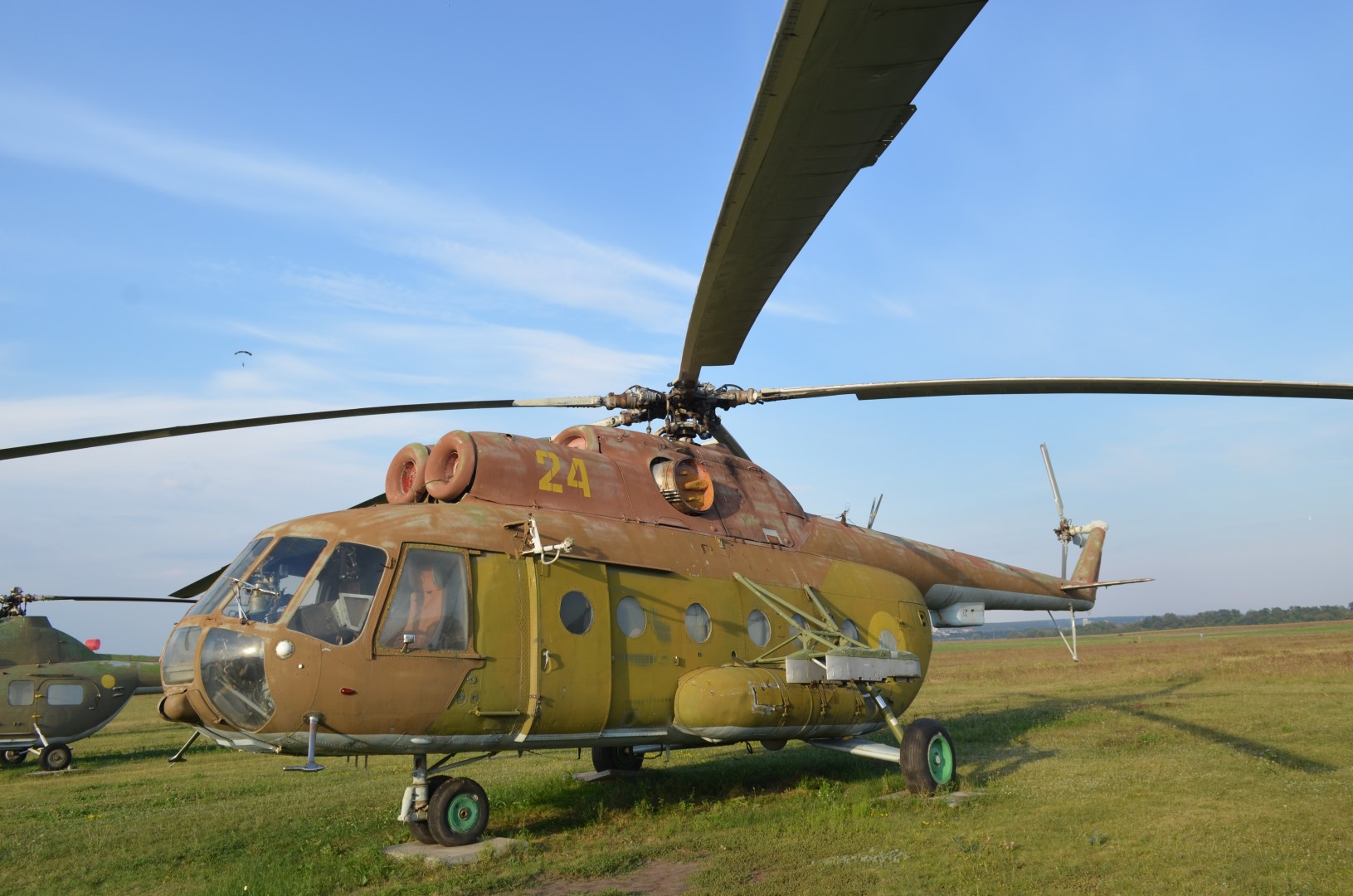
The helicopter is, according to definition, a type of aircraft used for the transport of persons and things for civil and/or military purposes, usually equipped with one or more engines (piston or turbine) that operate a complex of blades. This complex of blades allows it to rise and descend vertically, stay still in flight, move sideways, backwards or forwards and perform flights in the same way as an airplane, but with greater flexibility and maneuverability.
As for the parachute, also in this case the first historical testimony of an object able to raise vertically in the air thanks to the rotation of a propeller is found in China in the V century B.C. It is a sort of toy built in bamboo wood and consists of a propeller with two blades attached to a small stick. This stick, rotated quickly between the palms of his hands, made him fly thanks to the lightness of the bamboo. About two thousand years later they appear in Europe, since they appear in some paintings from the mid-fifteenth century.
It seems evident and almost obvious that the ingenuity of a man like Leonardo da Vinci came to conceive at the end of the '400 the project of an "aerial screw" that, in its intentions, should "screw" in the air exploiting the density as it makes a screw that penetrates into the wood. The machine was imagined with a base with a diameter of about 5 meters, consisting of a wooden structure covered by a linen cloth and moved by 4 men. As with other brilliant intuitions of Leonardo, we do not have the proof that he has actually built it, thus remaining the mystery about its concrete functioning.

Since the middle of the 18th century, more or less successful attempts have been made to build the ancestor of the modern helicopter. In July 1754 it was the russian inventor Mihail Lomonosov who showed at the Russian Academy of Sciences a small tandem birotor enhanced by a spring, whose purpose was to bring up to the height meteorological instruments. In 1783 the french Christian de Launoy built and presented at the Academy of Science in Paris a working prototype with two counter-rotating rotors made with turkey feathers and moved by a metal elastic bow. At the end of the century the idea of counter-rotating propellers was patented in both Britain and France, where the viscount Gustave Ponton d'Amecourt built a model (unable to lift in flight) with a steam engine called hélicoptèr, which made him the inventor of the term currently in use.
In the same period, precisely in 1877, an italian engineer, Enrico Forlanini, succeeded in the purpose of lifting up to about 13 meters a model of helicopter of the weight of 3,5 kg with two double rotors coaxial counter-rotating by the use of a steam engine. The latter was fed by a small boiler brought to high pressure through a stove, which was the base from which the model was raised and which remained on the ground not to weigh it down.
In 1906 the french brothers Jacques and Louis Charles Breguet, the first in the world to apply wingspan blades to a prototype helicopter that managed to lift itself from the ground of 60 cm with a passenger on board for about a minute, but the inability to travel in controlled flight due to the lack of any control device, meant that these flights were considered as the first with people on board a helicopter, but not the first free flights of a helicopter.
To register one will have to wait only one year, more precisely on 13 November 1907, when 3 men of the family Cornu, french of romanian origin, made the first controlled free flight on an aircraft of 6 meters in length, rising 30 cm from the ground for about 20 seconds.
During the First World War, the Hungarian engineer Theodore von Karman built for the Austro-Hungarian Imperial Army a machine consisting of a rather simple triangular steel structure, with 4 horizontal propellers bearing wood, driven by an electric motor. The name in "code" was PKZ 1, then modified in PKZ 2 when, after four test flights, it was replaced by its evolution, designed as a fixed platform by observation for artillery. The construction of the prototype started at the end of 1917 and the helicopter made the first flight on April 2, 1918, after which there were more than thirty, in which it reached a maximum height of about fifty meters, managing to remain in flight even for an hour. After only two months, the aircraft crashed due to a mechanical failure and the project committee decided to suspend it.

On April 14, 1924, the first world record was set by the International Aeronautical Federation (FAI), when the frenchman Etienne Oehmichen flew with his helicopter for 360 meters. But it lasted only 4 days, because on 18 April the argentine Raul Pateras-Pescara de Castelluccio covered the distance of 736 meters, but it was again Oehmichen who got another on 4 May, when it reached 1.69 km.
Until the end of the First World War it was a succession of new techniques and innovations for this new aircraft, which began to be seen as a tool for the transport of things and people, but also as a possible fundamental weapon for any war conflicts. The strong impulse to the development of the aeronautics happened in fact during the period of the First World War, had matured great experiences of flight with the planes, which could now provide the necessary support to develop machines capable of the performance characteristics of the helicopter.
Having no fixed wings in fact, and it was necessary to wait for someone to better fine-tune the concepts of counter-rotating propellers or that of the anti-double rotors in order to have stabilized aircraft, but the main problem to be solved was that when a helicopter starts to move forward, the advancing rotor blades move at a higher absolute speed because on them the velocity of the aircraft is added that due to the rotation movement, whereas the reverse is the case with retrocedents. The former then develop a lift greater than the latter and as a result the aircraft tends to tip over. This problem was solved brilliantly by a spanish engineer, Juan de la Cierva, who used it on an aircraft of his own invention, the autogiro. He applied to each rotor blade a flapping hinge that allowed the advancing blades to rotate upwards to the retrocedent ones to rotate downwards in order to compensate for the difference in load bearing between the advancing and retrocedent blades.
Taking advantage of the experience gained through the construction of Juan de la Cierva's autolaps on license, the germans Focke and Achgelis succeeded in realizing in 1936 the first real helicopter in history, the Focke-Achgelis fw 61. The superiority of its predecessors was overwhelming: the world record of altitude, distance and speed reached 3427 m, 230.348 km and 122.5 km/h.
The Flettner fl 282 Kolibri was instead the first military model, employed actively by the Kriegsmarine, the German navy, during the second world war for the anti-submarine patrolling on board of the ships of escort to the convoys.
The helicopter, however, asserted itself firmly in the United States, by the aeronautical designer of ukrainian origin Igor sikorsky, when on September 14, 1939 brought in flight its prototype which improved and developed, marked the definitive success of the formula monorotor with rotor in tail, today common to most helicopters but that at the time pioneering had not enjoyed much luck.
If you want, you can understand How the helicopter works or find out where to experience The thrill of a tourist helicopter flight.